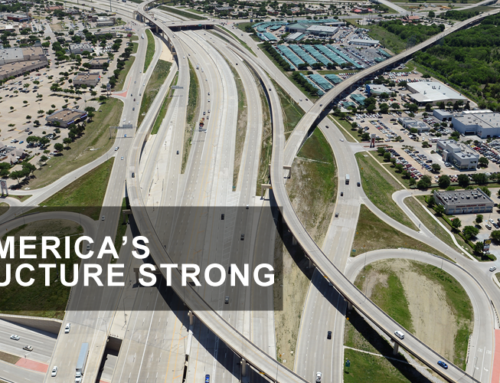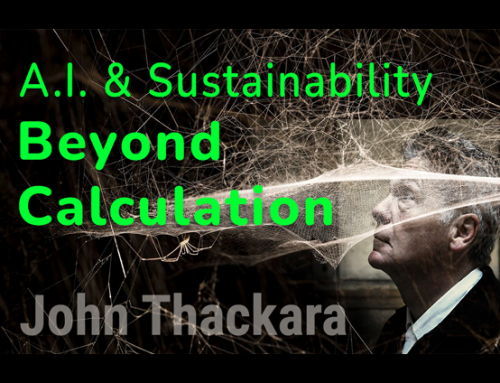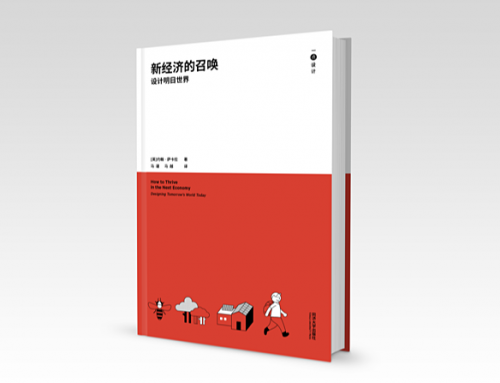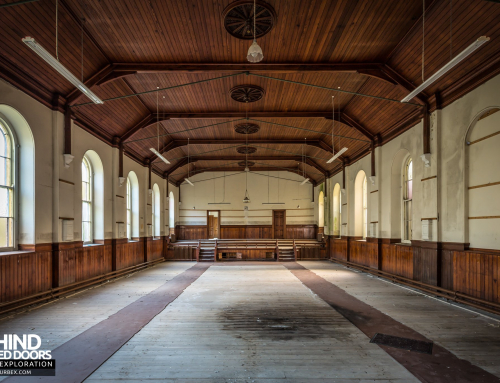In my text for Design Observer about design and development I questioned some aspects of a project by Architecture for Humanity. This throughtful reply to me from Cameron Sinclair has not yet been posted at Design Observer so I’m posting it here.
“John,
“Great post, as per usual, and yes there are some strong and valid points you raise. Naturally I do object to the generalization made in the comments about the AMD Open Architecture Challenge for a few reasons.
“Firstly. The point was not to develop a project for others but in collaboration with. The challenge was borne out of an RFP that 103 communities from around the world applied for (a dozen of which were from India). Three local community organizations were selected, by a global group, and we developed a brief/criteria in unison with the client/end user – ie. not the imposition of technology, rather the inclusion to already existing programs. These included a health facility in rural Nepal, fair trade chocolate factory in Ecuador and a youth media lab in Nairobi.
“What was striking in the criteria development that while, as you point out 6M people in India are getting cell phones every month, the community in Kenya were looking to utilize technology for skills training, job creation and community out reach. Can this be all done with a cell phone – yes – Can it only be done with a cell phone – no. Creating equal access to technology is not just providing one option but many options. This is where the overlap with architecture happens and that well designed, appropriate, energy efficient structures can make a difference.
“This is my second point. Architecture is no longer about form making – it never was – it is about creating appropriate structures that interweave the local context of a community and that hopefully inspire. Many young and emerging architects are not taught the way that many ‘star-architects’ are currently practicing. These designers are creating structures that are not only appropriate but are site specific based on local knowledge and involvement. The challenge had 800+ designers from 35 countries develop a conceptual solution where the winner, selected by community members, has the opportunity to realize the design with both the local client and design professionals. This entire process will take a couple of years, most of which will be on the ground.
“My third point is that all 400+ designs are now CC licensed solutions that can be adapted and replicated by others. When the designs are for social change they should be shared. Hosted on the Open Architecture Network, this allows local community organizations and regionally based NGOs to find a solution and work with designers to adapt it to a specific site. Currently we are scaling our 2004 competition to 16 countries in Sub-Saharan Africa (60% of the designs are from local architects and the other 40% are a marriage between international/regional firms and locals).
“Finally, just a side point. I find it a little arrogant of writers to speak of design and architecture as a ‘western’ or ‘developed world’ notion – and then occationally insinuate the ‘look at what they are forcing on them’ self-guilt world view. There are designers, both licensed and unlicensed, all over the world. They are not divided by boundaries but by skill and desire. There will always be the Zaha Hadids and Karim Rashids of this world but there are also the Diébédo Francis Kérés, the Rodney Harbers and the Yasmine Laris of this world. For as many designers working in the realm of architectural plastic surgery, there are just as many working in the emergency room. The difference is that the latter are not seeking accolades and therefore do not grace the covers of magazines and the design media. In addition to training more global architects we need to encourage and develop new schools of design where the work is. Ie currently we are training 70% of the worlds’ architects in the developed (over developed) nations, yet 70% of the work is in emerging nations.
“Yes there are a dozen ‘examples’ where we can point to designers screwing up, getting it wrong, undervaluing the input of the community. Yet there are hundreds of stories where quiet moments of innovation have been an element of incredible change in a community. Most of us who are actually building look at bemusement to all the structures going up in Dubai and Doha – why are those deemed as great feats of ‘design excellence’ but yet a community led participatory process is often scrutinized by cynical, often western, eyes.
“Perhaps it is time to write stories of the successes on the ground. Come join any of us, but do expect to pick up a shovel when you are on a site visit”
Cheers
Cameron”




